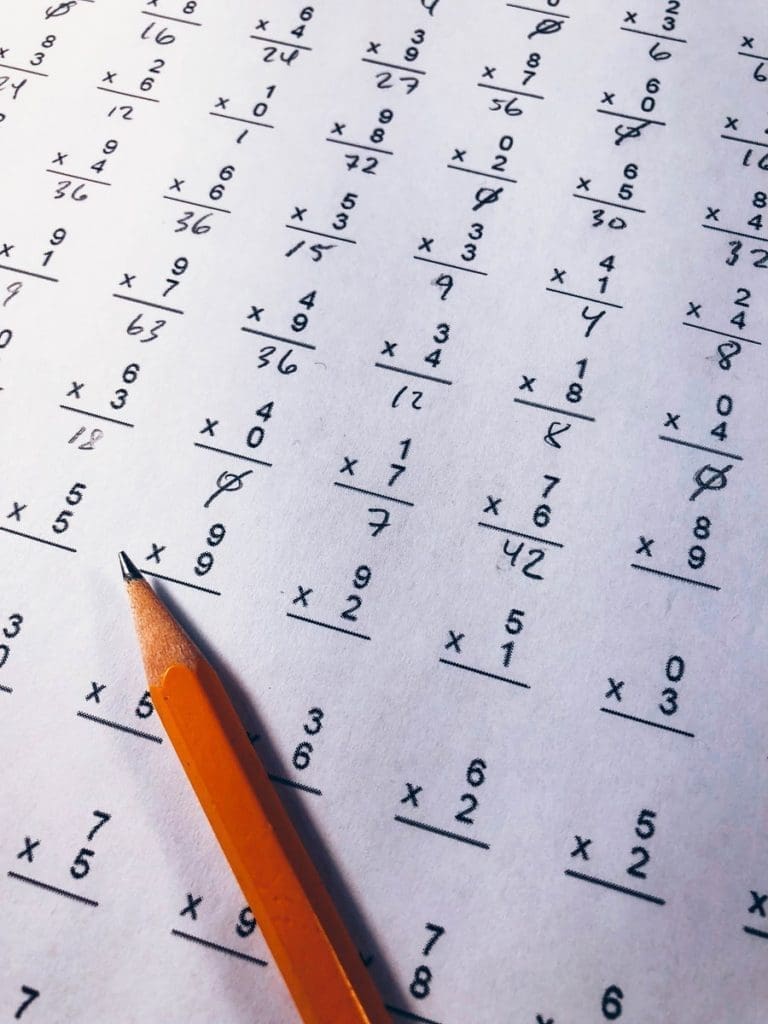
A question came to me from a parent: “My child understands the concepts of multiplication and division… but he just hasn’t gotten to the point where he has his fact fluency. Then he gets really anxious and disengages in class which looks like goofing off. “
This is a really common thing with kids who are very visual/spatial but have slower processing time and have a hard time memorizing. Some teachers say as long as the kids can figure out the answers they don’t need to memorize facts. Yet over and over again I hear upper level math teachers say how much not knowing the facts holds students back.
So what can we do for the students who struggle with memorization? Traditional flashcards and timed tests will not help. However, I have a method for flashcards that does work. I also have some other strategies and games that I have had great success with.
The following methods assume that the child already understands the concept of multiplication as both repeated addition and arrays. If they do not, teach that first. I will give my strategies for teaching that in a different post. Cuisenaire rods and square tiles will be your best friends. I also use play dough to show the relationships between multiplication, division and fractions (which are really just division.)
The post Subitizing to Foster Multiplicative Thinking explains how to use multiplication subitizing cards (available as a free download) as a a bridge between conceptualizing multiplication and learning facts.
Looking For Patterns
The first thing that is helpful in approaching the facts is highlighting the multiples on a hundred chart. (Download a free one here.) Use color highlighters (color is very important to right brain teaching) to highlight every multiple of 2, 3, 4, etc up to 10 or 12. Help kids discover they don’t have to skip count every multiple- they will see patterns. Don’t tell them what the patterns are- ask them what they notice. You may be surprised at some of them yourself!
Next have the kids fill out a blank multiplication table. Again we use different colors and look for patterns. Here’s a free printable option from Scholastic
Finally students need to learn to make their own. I usually start them out with large square graph paper and show them out to write a number in each box to make their own table. Being able to quickly write out a multiplication table will also help kids on standardized testing. They can do this for themselves on their scrap paper and refer to it so they don’t get stuck on the multiplication in the middle of a multi step word problem.

The boy who is making this chart (still in progress) is dyslexic (notice the backwards numbers) and has struggled with learning his facts, but he was so excited making different discoveries of the patterns. “Multiplication is just skip counting- I get it now!” he said. I thought he knew that, we had definitely talked about it, but this is what made it sink in!
I did the same chart with a gifted/talented 2nd grader just learning multiplication and he decided to add multiples of 13, 14, and 15 to his chart. He discovered that the multiples of 15 alternate ending in 5 and 0 just like the multiples of 5. He also figured out for the 13 row just to add 2, 3, 4, etc to his 12 row (example 12 * 2 was 24 so add 2 to get 13 *2=26. 12* 3= 36 so add 3 to get 13 * 3 =39.) It was so fun watching him get excited about his discoveries!
I also love the board game Winning Touch. In this game the kids have number tiles to put on the multiplication table. We don’t typically play it as a game. Instead we just work together to put all the tiles in the right place as practice. The kinesthetic aspect really helps some kids. (This is a vintage game that I am not currently finding for sale except on eBay but you could make your own version if you can’t find it.) I have also done something similar using number cards.

Incorporating Art
There are several art projects that will demonstrate the patterns of multiplication.


Pine Cone Multiplication Craft
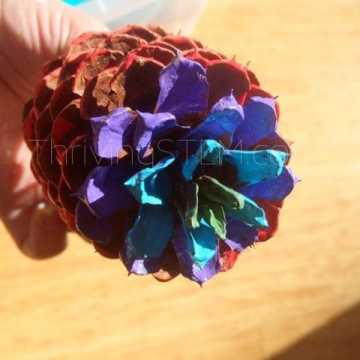
Multiplication Fact Strategies
Once the kids understand the concepts of skip counting and equal groups, and have worked with the patterns, it’s time to start learning strategies. Greg Tang’s book The Best of Times is the best I have seen for this. It teaches strategies like to multiply by 4 you double the number twice. To multiply by 3 you double the number and then add the number again (12*3, double 12 to get 24 then add another 12.) The best thing about this book is he shows kids how they can use these strategies for mentally multiplying large numbers. (52 * 4? Double the 52 and then double it again)
Multiplication Fact Strategies is a free ebook from Wichita Public Schools that has instructions and activities for teaching ten different strategies. It also has printable games, recording sheets, mini multiplication charts, multiplication tables to fill out, number lines, and other resources.
Just want an explanation of the strategies for yourself? See this article 10 Magical Multiplication Tricks
I also recently found this interesting article Trying Out Quizlet to Practice Deriving and Recalling Multiplication Facts.Brian Bushart, the Curriculum Coordinator for Elementary Mathematics in Round Rock ISD in Round Rock, Texas, has developed 3 levels of study sets focusing on strategies for facts.
Websites and Apps for Strategy Based Practice
UPDATE 11/11/22: There is a new website that is now my absolute favorite. The creator emailed me to ask me to include it on my “math websites for kids” list, and when I went to check it out I was so excited! It is teacher created and strategy based- it puts visual representations right on the screen with the problem! These include arrays, number lines, and area models. As of this school year it is free. Check it out at www.mathfactlab.com
For quick practice without having to create an account try Mathigon’s Multiplication By Heart. It works the same way- strategy based practice with a visual representation. (There is also a printed visual flashcard version of this you can buy)
I have taken other practice websites off this post because those two are so superior!
Knowing the strategies means you can figure out any problem. Practice them not only with the facts but with larger numbers. Have your child teach them to someone else, which helps them understand and remember (Earlier this week I had a boy “teaching” his stuffed bear to use “the nines trick” on his paws!)
After the child understands the concepts, the patterns, and the strategies, you can get to work on the straight memorization of facts. The key is repetition and practice; some kids need more than others.
Right Brain Flashcards
I learned from Dianne Craft that regular flashcards with the problem on the front and the answer on the back do nothing for visual right brain learners. There is a flashcard method that works, though. The idea is the same as the one behind Times Tales or Craft’s own Right Brain multiplication cards. Both of those are great options to buy, but I have had great success having kids make their own, especially older kids who find the printed ones babyish.
The method is simple. Take an index card and have the child write the fact they are trying to memorize AND THE ANSWER on the same side of the card. Use a different color for each number and make the numbers into characters, “number people.” Have the child choose how to do that but the numbers should be consistent; every 2 should look like every other 2. Then make up a very short story about what is happening in the resulting picture.
When the child is practicing, they need to hold the card up so their eyes are looking up; this helps with putting the information in long term memory. Have them “take a picture” in their brain. (One child I worked with actually said “clicka clicka” as his camera noise) and say the fact and answer aloud.
Work on 5 facts at a time until they are memorized. Hang the cards somewhere where the child will see them, above their eye level. This method will work where other flashcards have failed.
For strategy based visual flashcards I recommend Math for Love Multiplication By Heart.
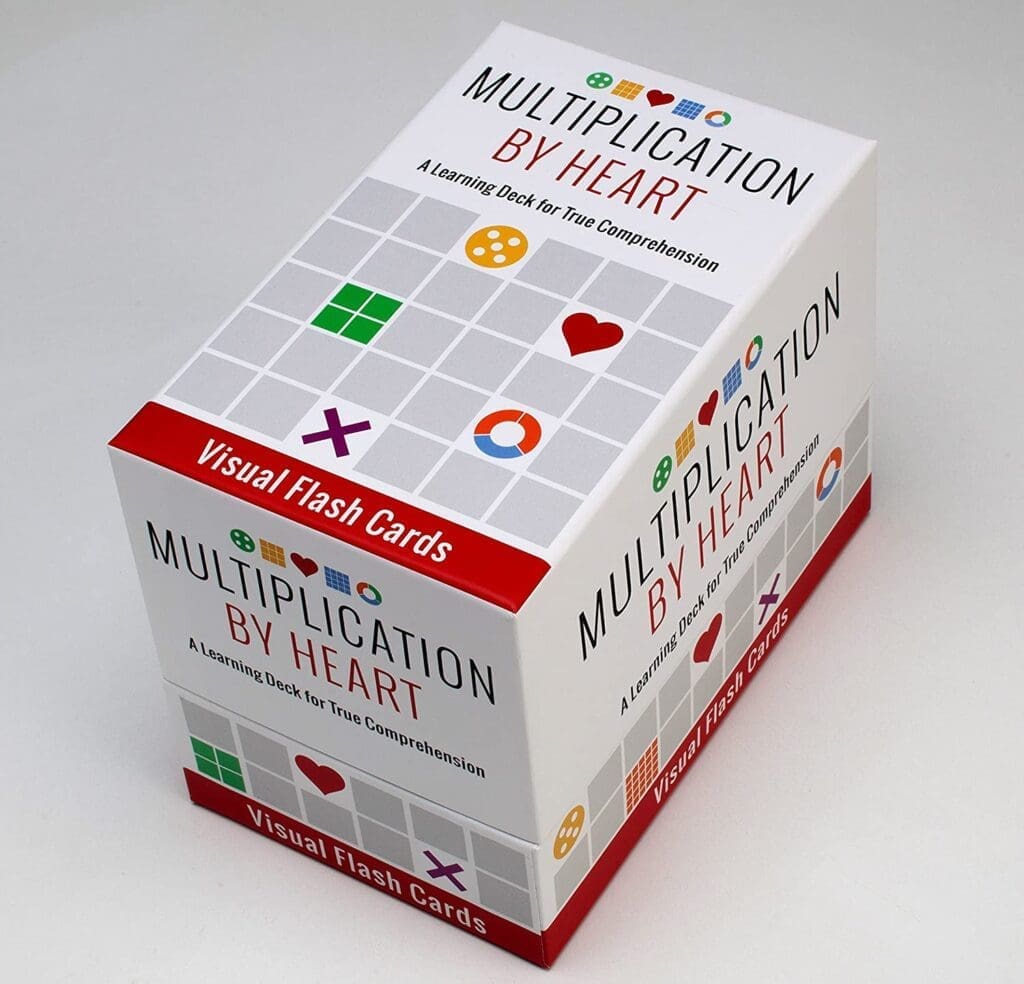
Multiplication Music
Some children respond well to music- Multiplication Mashup is a Youtube video that puts the strategies, properties, and facts to popular music. (“I knew ones were trouble when they walked in…, ” “Hey, sixes, I just met you but you’re kind of crazy…”.) That one may be my favorite- it still makes me laugh every time. Jack Hartmann and Number Rock both have separate videos for different multiples.
If you would like your kids to have chants/songs to sing themselves, the KIPP charter schools came up with a method called Rolling Numbers for skip counting chants combined with rolling fingers to achieve multiplication fact fluency. You can get more information and lyrics here .
Then, use games to practice, practice, practice and increase speed and fluency in a fun way.
Board and Card Games For Multiplication Fact Fluency
If you would prefer non technology or something you can do with your child, some of my favorite games include:
- Tic Tac Toe on a multiplication chart. Roll two ten sided dice, multiply the numbers, and put a pawn on the product. Three in a row wins (I play with four pawns per player, once all are on the board you have to choose one to move.)
- Holimaths X (fun and color coded, and you can focus on specific facts if needed,)
- Speed Squares
- Snap It Up (good for understanding inverse relationship between multiplication and division,)
- Sumoku
- Using Uno For Fact Practice
- Good old fashioned War with a regular deck of cards, having each player turn over 2 cards and multiply them to see who has the higher number.
- Another game you can play with a regular deck of cards is Spiral. There are several variations online other than the one I linked, but the basic gameplay is that you make a spiral from the deck of cards, roll a die, and move a pawn along the spiral. You then multiply the number on your die by the number of the card you landed on. If correct you stay there; if not correct you go back. (I do have to say this one is basically a much simplified version of Prime Climb, and I would recommend getting that game, which I wrote about in more detail on another post.) There are many other games you can play with a deck of cards- see my post Math Games With a Deck of Cards for ideas.
Multiplication Fact Art
Draw Waldorf multiplication flowers.

My students love these multiplication mystery pictures from Coloring Squared. Problems are in boxes and there is a key at the bottom to color the boxes according to the product. When colored correctly they make a picture.
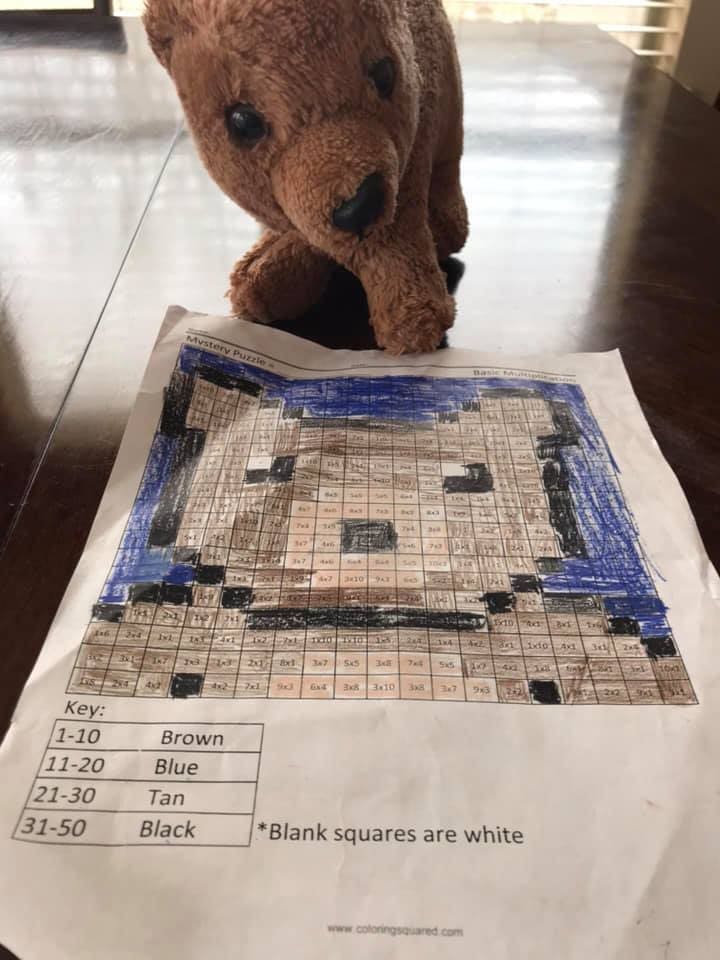
Practice Makes Perfect
The most important thing for children to realize is that, like anything else, the more you practice the better and faster you get. Once you understand the concepts of multiplication, and learn strategies for figuring any problem out, the method you use for memorizing facts should be the one you find helpful and engaging and will actually spend time on. The multiplication fact fluency will come to you, and will be there your whole life.
Intervention
Free downloadable intervention lessons on Facts and Patterns for Multiplication and Division
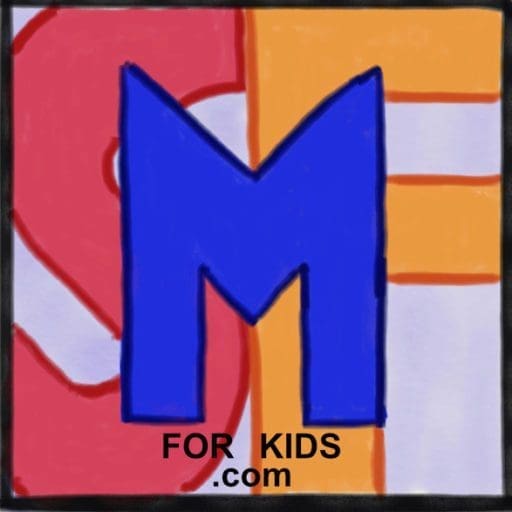
Awesome tips, thank you for sharing!